Celebrating 55 years!
Since 1970, the Governor’s Office of Land Use & Climate Innovation (LCI) has been tasked with testing and exporting bold ideas within state government and beyond! LCI’s focus is on areas impacting land-use, climate, housing opportunities, community empowerment, and more!
Formation of LCI
The foundations for LCI's creation were put in place in 1959, when the 32nd Governor of California, Edmund Gerald "Pat" Brown, created the "Office of Planning" within the California Department of Finance.

The 33rd Governor of California, Ronald Reagan, dissolved the Office of Planning in 1970 and formally created the Office of Planning and Research with the Governor's Office to house the California Environmental Quality Act (CEQA).
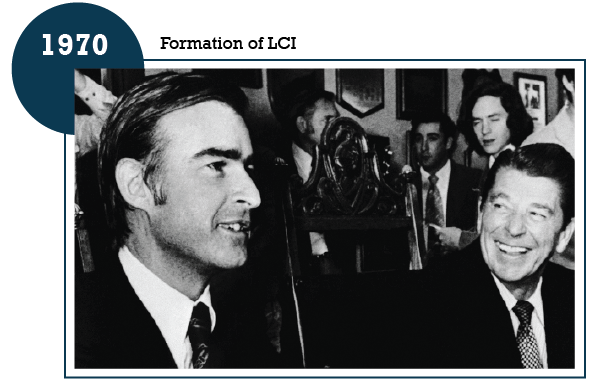
The California Environmental Quality Act
The Office of Planning and Research was founded by statute because of the passing of the California Environmental Quality Act (CEQA) in 1970 under the leadership of Ronald Reagan. The 1969 Cuyahoga River Fire in Cleveland, Ohio, was the catalyst for many leading environmental laws and agencies. On the heels of that environmental disaster, Governor Ronald Reagan passed CEQA to require state and local agencies to requires public agencies to "look before they leap” and consider the environmental consequences of their discretionary actions. The Office of Planning and Research was founded by statute because of the passing of the CEQA.The primary responsibility of CEQA was overseeing environmental policy and reporting about it to the California Legislature.
That report, known as the Environmental Goals and Policy Report, was first published in 1973, updated in 1978 and revised in 2003. Its goal is to “articulate the state’s policies on growth, development and environmental quality; to recommend specific state, local and private actions needed to carry out these policies; and to serve as the basis for the preparation of the state’s functional plans (such as housing, transportation, air and water quality) and for locating major projects such as highways, water projects and university facilities.”
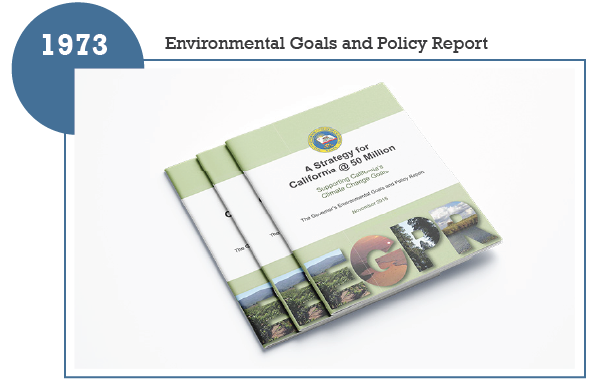
The report, which focused on growth, development and the environment, is generally regarded as an important acknowledgement that broad state policy and strategy needed to be articulated and then integrated into functional plans for state projects that incorporate local and private participation.
The 1978 revision sought to home in on specific actions government could take to revitalize urban areas and provide new development while protecting the environment. Although the report is statutorily required every four years, it has not been published since 2003.
The California Strategic Growth Council
In 2008, the California Strategic Growth Council (SGC) was established as part of LCI with the signing of SB 732 into law. SGC was to coordinate the activities of state agencies to provide local governments with data and information, facilitate collaboration, and influence policy. Its centerpiece is a bond-funded competitive local assistance grant program to develop sustainable communities. The council is chaired by the LCI director, and its members include the heads of the California Natural Resources Agency, the California Environmental Protection Agency, and the California Health and Human Services Agency. The council is chaired by the LCI director, and its members include the heads of the California Natural Resources Agency, the California Environmental Protection Agency, and the California Health and Human Services Agency.
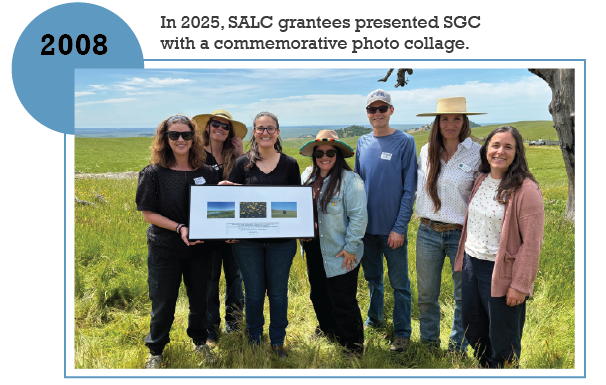
The California Racial Equity Commission
This coalition, now named the California Racial Equity Commission, was led by Catalyst California, NextGen California, The Greenlining Institute, Public Health Advocates, Community Coalition, and SEIU California. Governor Gavin Newsom announced Executive Order N-16-22 establishing the Racial Equity Commission on Sept. 13, 2022. The structure and functions of the Racial Equity Commission as described in the Executive Order were developed in partnership with Dr. Richard Pan and the organizations advocating for SB 17.
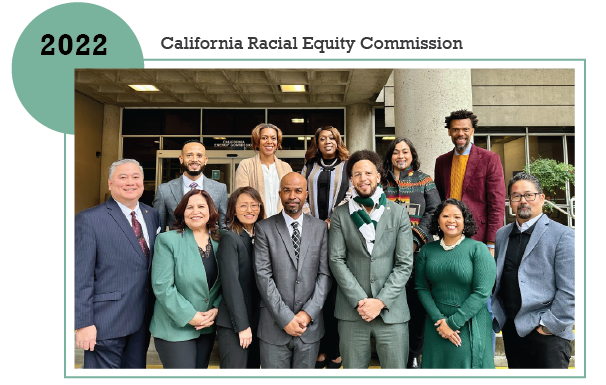
Since the time of its inception, LCI has been at center of groundbreaking research, land use and growth policies that influenced the state’s direction for decades. LCI works closely with state and other governments on planning and policy matters regarding environmental protection, providing guidance and tools regarding land use and climate innovation.
Our Building
The headquarters of LCI for the past 55 years has been the Blue Anchor Building. The Blue Anchor Building was built in 1931 in the Spanish Colonial Revival Style, and housed the California Fruit Exchange - a cooperative of fruit growers and shippers in California founded in 1901 - until at least 1966. After that, the Blue Anchor Building was purchased by the State of California, and various state agencies used the building before it became the permanent home of LCI in 1970. It now houses LCI, SGC, and the Commission, along with California Volunteers (CV) and the Office of Community Partnerships and Strategic Communications (OCPSC).
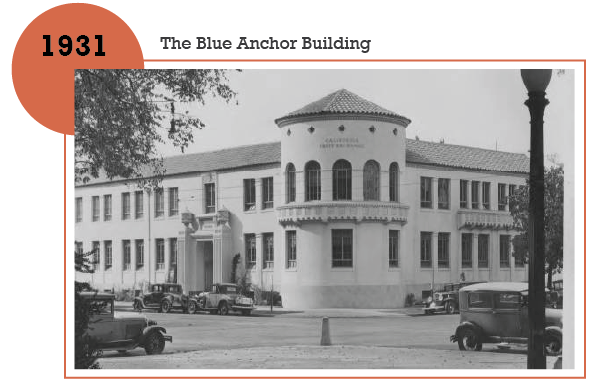
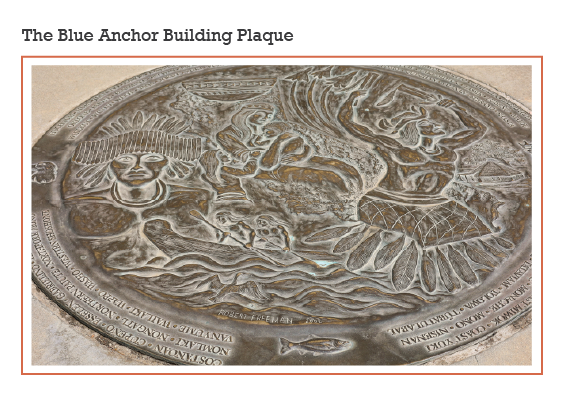

LCI Leadership
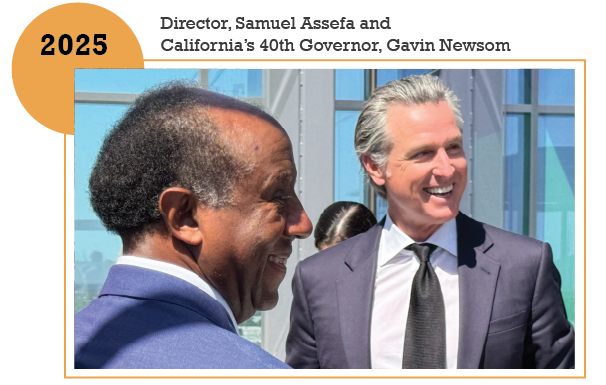
"For 55 years, this office has drawn strength from Californians who believe that bold action, fair access, and collaboration are the foundation of a stronger California. Together with our team and partners, we will continue to ensure the Golden State remains a place of innovation, equity, and resilience." Diretor of LCI, Samuel Assefa
"Fifty-five years ago, then Governor Ronald Reagan created this office to think beyond the moment. Today, that mission is more urgent than ever. As we celebrate this anniversary, we recommit to leading with innovation, ensuring that the choices we make now will give future generations the chance to thrive. This anniversary is not just about looking back, it is a commitment to the work ahead to ensure a California for all.” California Governor, Gavin Newsom

